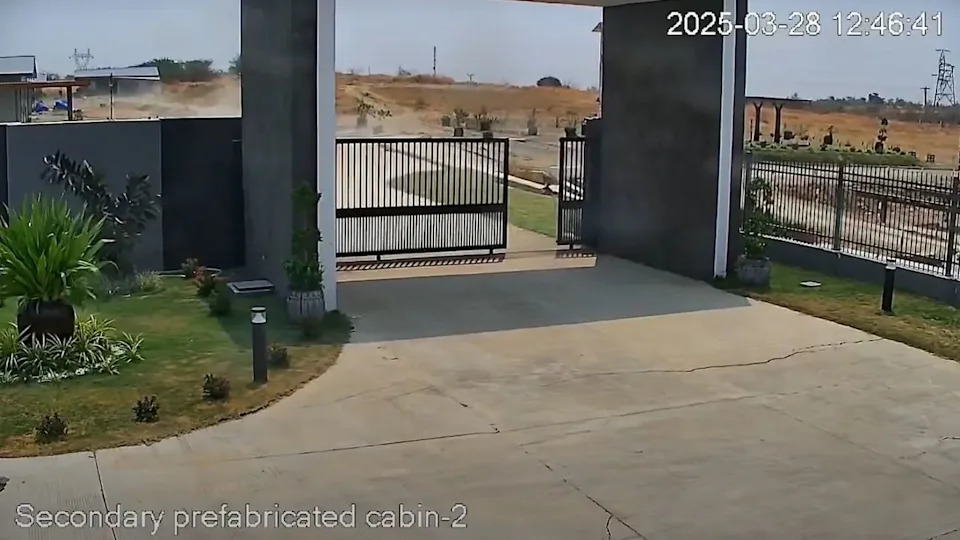First video of an earthquake fault cracking has revealed another surprise
When you buy through links on our articles, Future and its syndication partners may earn a commission.
 Credit: 2025 Sagaing Earthquake Archive, retrieved from Youtube.
Credit: 2025 Sagaing Earthquake Archive, retrieved from Youtube.A first-of-its-kind video showing the ground cracking during a major earthquake is even more remarkable than previously thought. It not only captures a ground motion never caught on video before but also shows the crack curving as it moves.
This curvy movement has been inferred from the geological record and from "slickenlines" — scrape marks on the sides of faults — but it had never been seen in action, geophysicist Jesse Kearse, a postdoctoral researcher currently at Kyoto University in Japan, said in a statement.
"Instead of things moving straight across the video screen, they moved along a curved path that has a convexity downwards, which instantly started bells ringing in my head," Kearse said, "because some of my previous research has been specifically on curvature of fault slip, but from the geological record."
The video — captured by a security camera near Thazi, Myanmar — shows the ground rupturing during a magnitude 7.7 quake that hit the region on March 28. It shows the ground shaking, followed by a crack opening up. These ground ruptures are relatively common during big quakes, but they'd never been caught on video.
Kearse said he watched the video with chills down his spine shortly after it was uploaded to YouTube. On his fifth or sixth viewing, he noticed that the crack was curvy. He and his colleague at Kyoto University, geophysicist Yoshihiro Kaneko, then analyzed the video more closely. They found that the crack curves sharply at first and then accelerates to a peak velocity of about 10.5 feet per second (3.2 meters per second) of movement, slipping a total of 8.2 feet (2.5 meters) in 1.3 seconds. After hitting its top velocity, the crack straightens and slows.
The findings suggest that the curvature happens because stresses on the fault right at the ground surface are lower than the stresses on the fault deeper in the Earth. This creates an uneven pattern in how the fault moves. "The curvature holds important information about the dynamics of the rupture," Kearse said in an annotated video of the slip he posted on YouTube.
Related: The San Andreas Fault: Facts about the crack in California's crust that could unleash the 'Big One'
The differing stresses at the surface push the fault off its course, "and then it catches itself and does what it's supposed to do," Kearse said in the statement.
RELATED STORIES
—'This is a very big earthquake': The science behind Myanmar's magnitude 7.7 earthquake
—20 largest earthquakes in history
—Scientists find hidden mechanism that could explain how earthquakes 'ignite'
The dynamics of these curvatures depend in part on which way the rupture travels, so an understanding of the curves can reveal clues about how past earthquakes unfolded and help scientists better predict future ground ruptures.
The research was published today (July 18) in the journal The Seismic Record.
Editor's Note: This article was updated at 8:20 p.m. EDT to note that the new research has now been published in The Seismic Record.













